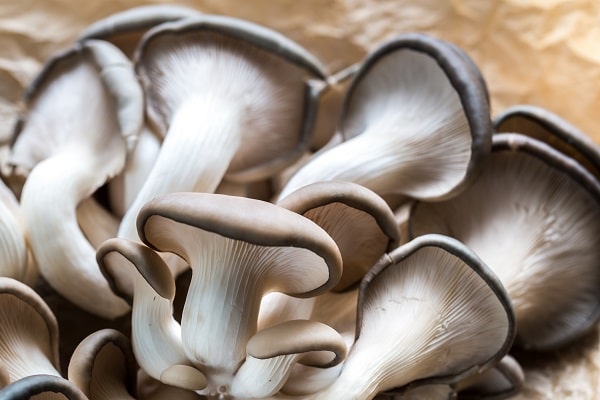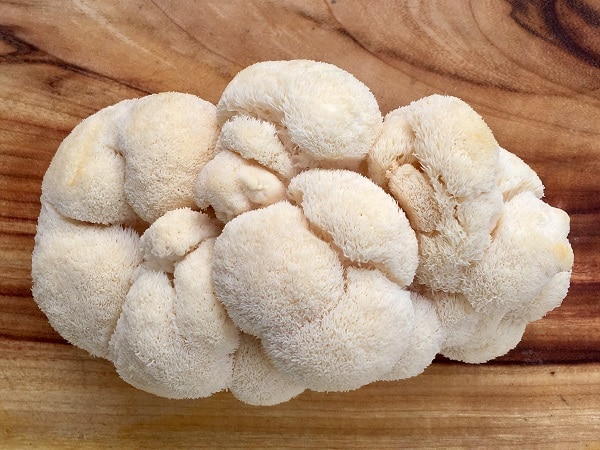Mushrooms, with their intriguing shapes and diverse flavors, hold a special place in the culinary world. Yet, this culinary gem’s potential extends beyond taste alone; each mushroom species offers a wealth of nutritional and medicinal benefits. Mushroom foraging has thus become a popular activity for nature enthusiasts and food lovers alike. However, this pursuit requires caution and precise identification skills, as misidentifying mushrooms can lead to serious health consequences. This blog post will explore some of the most popular edible wild mushrooms, their identifying features, habitats, and culinary uses, with the hope of inspiring responsible and enjoyable foraging.
Contents
Puffball Mushrooms

Puffball mushrooms are easily recognizable due to their unique spherical or pear-shaped appearance. These mushrooms are typically white when young and turn brown as they age. The interior is solid and white in edible species, which should be a primary identification marker. Edible puffballs lack any gills or stems, another important feature to consider when foraging.
In terms of culinary use, puffball mushrooms offer a delicate, subtly earthy flavor. They are versatile in the kitchen, making excellent additions to soups, stews, or simply sautéed in butter or olive oil. Smaller puffballs can be cooked whole, while larger specimens are best sliced before cooking. It’s worth noting that these mushrooms should always be cooked before consumption, as eating them raw could cause digestive upset.
Oyster Mushrooms

Named for their resemblance to oysters, Oyster mushrooms are popular wild edibles due to their rich, savory taste. They are usually found growing in clusters on dying or dead hardwood trees. Key identification features include their broad, oyster or fan-shaped caps, which can range from white to gray or tan, and the gills running down the length of the short, sometimes nearly absent stem.
Oyster mushrooms are widely appreciated in the culinary world due to their velvety texture and mild, anise-like flavor. They are delicious when sautéed, stir-fried, or added to soups and sauces. It’s also possible to grill or roast them, which gives a meaty texture, making them a popular choice in vegetarian and vegan dishes. Additionally, these mushrooms are packed with nutrients and have been found to have significant health benefits, such as boosting the immune system and reducing cholesterol levels.
Lion’s Mane Mushrooms

Lion’s Mane mushrooms, named for their distinctive cascading white tendrils, are easy to spot in the wild. They are most commonly found growing on hardwood trees and have been known for their reputed health benefits. The appearance of this mushroom is unmistakable, as it resembles a shaggy white icicle or perhaps a waterfall, rather than a traditional mushroom cap.
In the kitchen, Lion’s Mane offers a unique flavor profile, often compared to seafood, like crab or lobster. It can be sliced and pan-fried, baked, or added to soups, providing a delicate and delicious addition to various dishes. Beyond its taste, Lion’s Mane is also known for its neuroprotective properties, making it a fascinating topic of research in the field of cognitive health.
Honey Mushrooms

Honey mushrooms are a group of related species, named for their honey-colored caps. They are typically found in clusters near the base of trees or on fallen logs. Identification features include the caps’ color, which ranges from yellow-brown to honey, and the presence of a ring or annulus on the stem.
Culinary-wise, honey mushrooms are valued for their chewy texture and sweet, nutty flavor. They can be used in a variety of dishes, from stir-fries to pasta, and are particularly good when sautéed or grilled. Moreover, these mushrooms are rich in essential nutrients, making them a beneficial addition to a balanced diet.
Bolete Mushrooms

Bolete mushrooms are a diverse group, with several edible species. The key characteristic of this mushroom family is the presence of pores beneath the cap, instead of gills. They usually have a convex or flat cap that can be red, brown, or yellow, and a stout stem.
Bolete mushrooms have a distinct, deep flavor, and a meaty texture, making them a favorite among foragers and chefs. They can be used in a wide range of recipes, such as risotto, soup, and pasta dishes, or simply sautéed in butter or oil. When it comes to nutritional benefits, boletes are rich in dietary fibers, vitamins, and minerals, promoting overall health.
Shaggy Mane Mushrooms

Shaggy Mane mushrooms, also known as Lawyer’s Wig, are distinctive for their tall, cylindrical shape and the white, shaggy scales that cover the caps. These mushrooms are often found in grassy areas like lawns and roadsides. As the mushroom matures, the cap begins to liquefy from the bottom up, so only young, firm specimens should be harvested.
In terms of culinary use, Shaggy Manes are valued for their delicate flavor, often described as subtly sweet and enjoyable. They work well in a variety of dishes, from stews to omelets, adding a delightful twist to regular recipes. Remember, it’s essential to cook Shaggy Manes shortly after picking, as they spoil quickly.
Chicken Of The Woods Mushrooms

Chicken of the Woods is a fascinating mushroom, known for its vibrant orange-yellow color and large, overlapping clusters on tree trunks. The mushroom gets its name from its chicken-like texture. Key identification features include the vibrant color, absence of gills, and growth in large shelf-like clusters on trees.
As the name suggests, Chicken of the Woods has a flavor and texture remarkably similar to chicken, making it a favorite among vegetarians and vegans. This mushroom is delicious when sautéed, roasted, or used in recipes that typically call for chicken. Moreover, this mushroom species offers a good source of proteins, making it a highly nutritious wild edible.
The Bottom Line
Accurate identification remains critical when foraging for mushrooms, as several species have harmful look-alikes. Each species of mushroom discussed offers unique flavors and health benefits, underscoring the value of these natural wonders. Yet, foraging should always be done with an awareness of the environment, ensuring it remains a sustainable practice. Here’s to the exploration of the fascinating world of edible wild mushrooms – a journey full of delightful flavors, textures, and surprising health benefits. May it be a journey guided by caution, respect for nature, and a sense of culinary adventure.


